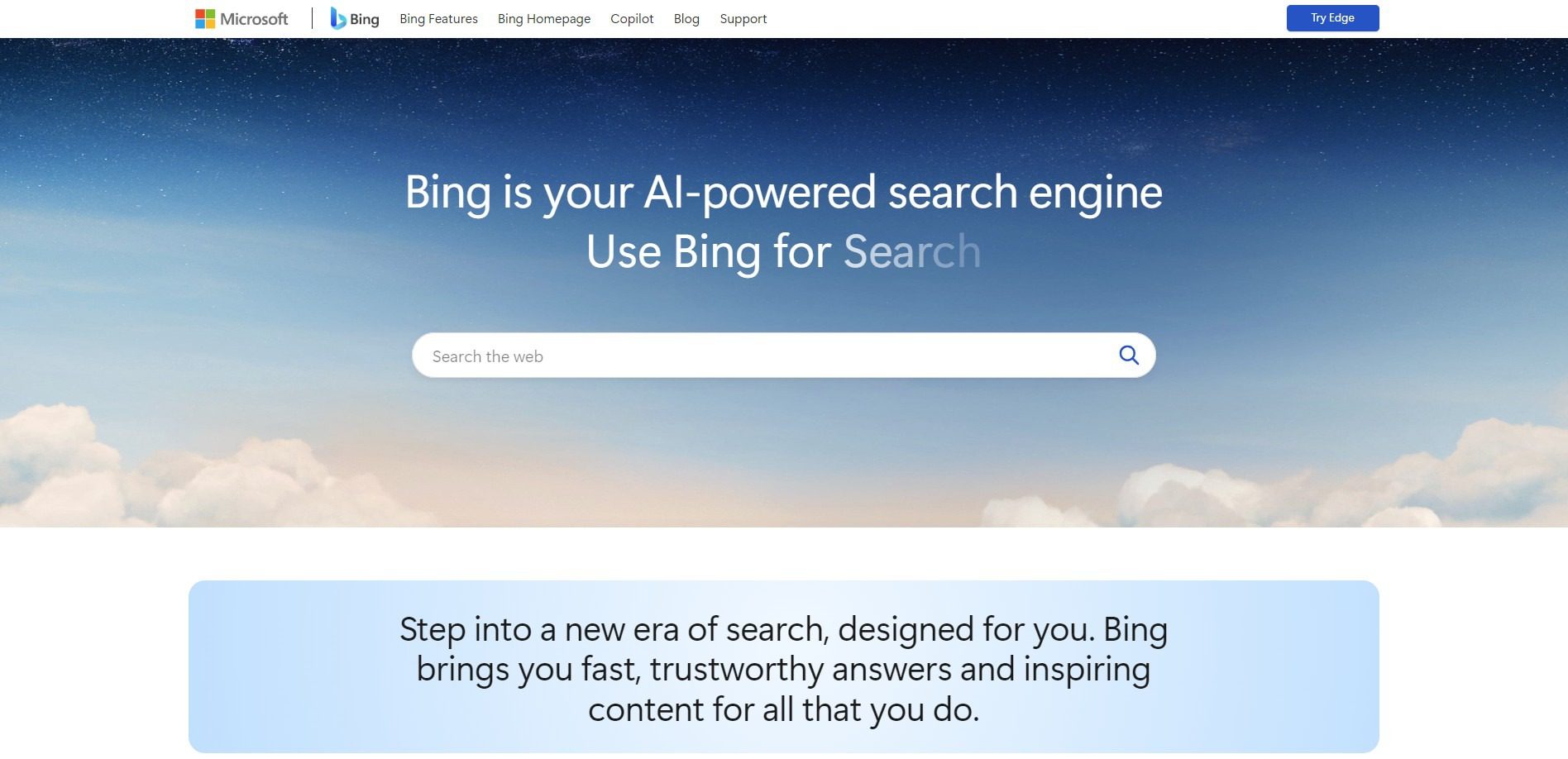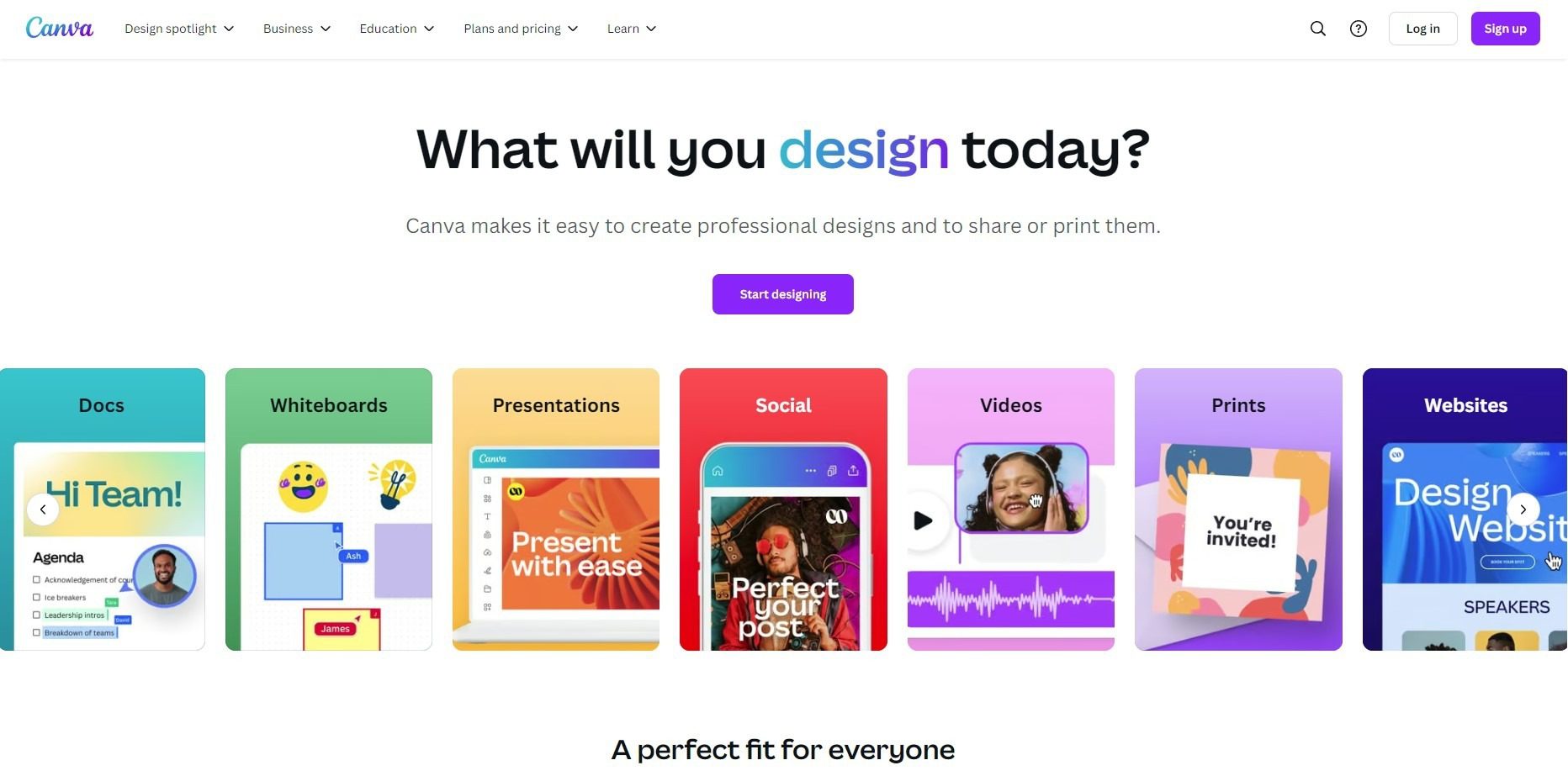
VPNs in AI Workflows: Ensuring Secure & Resilient Operations
Introduction – Role of VPNs in AI Workflows in the 21st Century
Artificial intelligence (AI) workflows have become the backbone of modern technology, driving innovation in industries such as healthcare, finance, and logistics.
However, the increasing reliance on AI introduces significant challenges, particularly in data security and privacy.
This is where Virtual Private Networks (VPNs) play a crucial role.
By safeguarding sensitive data, ensuring secure connections, and enabling global collaboration, VPNs empower organizations to leverage AI while mitigating risks fully.
This article explores the indispensable role of VPNs in AI workflows, providing insights into their benefits, applications, and how they can be seamlessly integrated into your AI operations.
Why AI Workflows Need VPNs
AI workflows typically involve:
- Data Collection: Acquiring vast amounts of data from various sources.
- Data Processing: Running data through algorithms for insights.
- Collaboration: Teams working across locations and networks.
These stages are vulnerable to cyber threats, including data breaches, unauthorized access, and espionage. VPNs act as a shield, addressing these vulnerabilities.
Key Benefits of VPNs in AI Workflows
- Data Security
- VPNs encrypt data, ensuring sensitive information remains protected from interception during transmission.
- Encryption protocols like OpenVPN and WireGuard add robust security layers.
- Privacy Protection
- VPNs hide IP addresses, making it challenging for malicious actors to track users or pinpoint server locations.
- Global Collaboration
- Remote teams can access centralized AI systems securely, fostering innovation without geographical constraints.
- Access Control
- VPNs provide secure gateways, ensuring only authorized personnel access specific AI systems or datasets.
- Regulatory Compliance
- Industries like healthcare and finance must adhere to stringent regulations. VPNs facilitate compliance by safeguarding data during processing and storage.
Applications of VPNs in AI Workflows
- Secure Training of AI Models
- Protecting datasets during transfer to training servers.
- Ensuring secure access to cloud-based AI platforms like AWS and Google AI.
- Real-Time Data Processing
- AI-powered applications such as autonomous vehicles require secure, low-latency data transmission. VPNs enable this securely.
- Collaboration in Research
- Universities and corporations can share sensitive AI research data securely via VPNs.
- Protection in IoT-Driven AI
- IoT devices connected to AI systems are vulnerable. VPNs shield these devices from cyberattacks.
- Secure AI in Edge Computing
- VPNs protect data processed at edge devices, ensuring it is not exposed during localized AI operations.
Integrating VPNs into AI Workflows
Step 1: Choose the Right VPN Provider
- Look for features like strong encryption, a no-logs policy, and global server coverage.
- Popular providers: NordVPN, ExpressVPN, and CyberGhost. Look at the comparison between them:
Brief Comparison of NordVPN, CyberGhost and ExpressVPN
a. NordVPN
- Best for: Enterprise-level AI workflows with a focus on security and collaboration.
- Key Features: Advanced tools like NordLayer, strong encryption, and high-speed servers designed for professional use.
- Why Choose: Offers features specifically tailored to secure sensitive AI workflows.
b. CyberGhost VPN
- Best for: Simpler AI tasks or personal projects needing reliable privacy and security.
- Key Features: User-friendly design, streaming optimization, and no-logs policy.
- Why Choose: Perfect for users prioritizing ease of use and casual AI-related tasks.
c. ExpressVPN
- Best for: Global AI teams that value speed and reliability in data-intensive workflows.
- Key Features: Proprietary Lightway protocol for faster, stable connections and extensive server coverage.
- Why Choose: Excellent for teams requiring fast, secure data transfers in international settings.
d. Short Evaluation
- CyberGhost VPN and ExpressVPN are great for general privacy and data security, but their roles in AI workflows are more generalized.
- NordVPN: Offers more advanced features (e.g., NordLayer for business) that directly benefit AI workflows by securing enterprise-level data exchanges and remote team collaborations.
Step 2: Implement VPN Across Teams
- Install VPN software on all devices involved in AI workflows.
- Use enterprise-grade VPN solutions for scalability.
Step 3: Automate VPN Usage
- Leverage VPN automation tools to ensure always-on security for critical systems.
Step 4: Monitor and Optimize
- Regularly audit VPN performance to ensure low latency and robust security.
❓ FAQs – VPNs in AI Workflows
What is a VPN in AI workflows?
A VPN secures data transfer and protects privacy in AI operations by encrypting connections.
Why are VPNs essential for AI workflows?
They ensure secure, private, and compliant data handling across all stages of AI workflows.
How do VPNs enhance AI collaboration?
Allowing secure access to centralized systems facilitates seamless teamwork across locations.
Can VPNs reduce latency in AI workflows?
Some VPNs with optimized servers can minimize latency, crucial for real-time AI applications.
Are free VPNs suitable for AI workflows?
Free VPNs often lack robust security and reliability, making them unsuitable for critical AI tasks.
What features should I look for in a VPN for AI workflows?
Strong encryption, high-speed servers, multi-device support, and a strict no-logs policy.
How does a VPN support compliance in AI?
VPNs help meet data protection regulations by encrypting and securing sensitive information.
Can VPNs prevent AI data breaches?
While they don’t prevent breaches entirely, VPNs significantly reduce the risk by securing data transmission.
Are VPNs compatible with cloud-based AI platforms?
Yes, most VPNs integrate seamlessly with platforms like AWS, Google Cloud, and Azure.
What’s the cost of a reliable VPN for AI workflows?
Reliable VPNs cost $5–$15 per month, with discounts for annual plans.
Conclusion and Summary – VPNs in AI Workflows
Integrating VPNs into AI workflows is no longer optional—it’s essential. From protecting sensitive datasets to enabling global collaboration, VPNs ensure that AI systems operate securely, efficiently, and in compliance with regulatory standards.
As AI reshapes industries, the demand for robust cybersecurity measures like VPNs will only grow.
Organizations that leverage VPNs gain a competitive edge, safeguard their intellectual property, and foster innovation. With the right VPN provider and implementation strategy, you can transform your AI workflows into resilient, secure, and efficient operations.
📚 Related Posts You May Be Interested In
- Cybersecurity in AI-Based Workflows ⬈
- Web 3.0 and Decentralization ⬈
- Blockchain: Revolutionizing Supply Chains and Finance ⬈
- ChatGPT vs Bing AI – Unveiling the Truth Behind AI Assistants ⬈
This post is part of the Definitive Guide to Brilliant Emerging Technologies in the 21st Century ⬈, where you can find out more about the topic.
Thanks for reading.
Resources – VPNs in AI Workflows
- AWS AI Solutions ⬈
- AI Workflow Relevance: AWS offers a wide range of AI tools and services (such as SageMaker, Rekognition, and Comprehend) for AI workflows. These services are often cloud-based and can benefit from enhanced security measures like VPNs.
- VPN Usage with AWS: A VPN can secure data transfers between AWS services and local environments. By encrypting connections to AWS infrastructure, it can help protect sensitive data processed in AI workflows.
- CyberGhost VPN ⬈
- Primary Offering: Focus: CyberGhost VPN specializes in providing user-friendly VPN services with features like robust encryption, secure Wi-Fi protection, and dedicated streaming servers.
Standout Feature: It emphasizes general users’ ease of use and privacy and offers a strict no-logs policy. - AI Security Role
Relevance to AI Workflows: CyberGhost can secure internet traffic and protect sensitive data during AI-related tasks, particularly in remote collaboration or public networks.
Limitations: Unlike NordVPN, CyberGhost focuses more on consumer-grade privacy rather than advanced workflow security for enterprise-grade AI projects.
- ExpressVPN ⬈
- Primary Offering:
Focus: ExpressVPN is renowned for its high-speed servers, strong encryption protocols, and global server coverage. It is often considered a premium VPN service for privacy and unblocking content.
Standout Feature: Its proprietary Lightway protocol ensures fast and secure connections, making it suitable for data-intensive tasks. - AI Security Role
Relevance to AI Workflows: ExpressVPN’s speed and reliability make it a good choice for securing data transfers in AI workflows, especially for teams working globally.
Limitations: While it provides strong encryption and privacy, ExpressVPN does not cater specifically to AI security challenges, such as securing machine learning models or handling
- NordVPN for Business ⬈
- Primary Offering:
Focus: NordVPN specializes in providing secure internet connections by encrypting data and masking IP addresses.
Standout Feature: Its focus is on privacy, online security, and bypassing geographical restrictions. - AI Security Role:
Relevance to AI Workflows: NordVPN is highly relevant for securing AI workflows, especially in enterprise and collaborative settings. Its NordLayer platform enables businesses to safeguard sensitive data exchanges and ensure secure remote access to AI tools and systems.
Additionally, its double VPN encryption and obfuscated servers enhance protection against potential data breaches or surveillance during AI development or deployment.
Limitations: While NordVPN excels at securing AI workflows, its consumer-focused tools may not cater to highly specialized security needs, such as protecting against adversarial attacks on AI models or ensuring compliance with specific industry standards (e.g., HIPAA for healthcare). In such cases, supplementary AI-specific security tools may be required.
- Primary Offering:
ℹ️ Note: Due to the ongoing development of applications and websites, the actual appearance of the websites shown may differ from the images displayed here.
The cover image was created using Leonardo AI ⬈.










